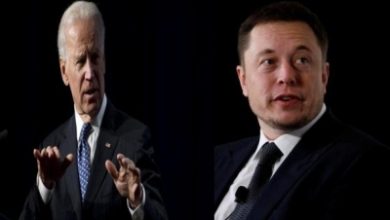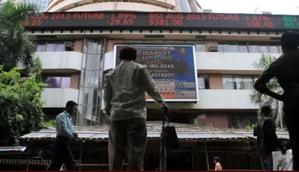GST 2.0: New packages with lower MRPs, higher weights to hit market by Dec, says Parle

Mumbai, Oct 13 : Following the implementation of the GST 2.0 reforms, new packages with lower maximum retail prices (MRPs) and higher weights will be available in the market by December, according to Parle, India’s leading fast-moving consumer goods (FMCG) company.
Speaking at NDTV Profit’s ‘Ignite Conclave’, company’s Vice President Mayank Shah said that it hasn’t been easy for FMCG companies to adjust prices after the GST reforms.
Following the tax reduction, there’s been some confusion regarding package size, weight and pricing. This has been discussed in detail, and it usually takes FMCG companies about one and a half to two months to revise their product packages, he said.
Elaborating on the timeline for the new packages, Shah said that the MRPs of larger and higher MRP packages will be reduced in the first phase.
Subsequently, smaller packages with lower MRPs, which account for approximately 60-70 per cent of the market, will be revised. These will gradually become visible to consumers by the end of November or early December.
Discussing products with lower MRPs, Shah said that a Rs 5 packet could cost Rs 4.5, and a Rs 10 packet could cost Rs 9.
The new GST reforms came into effect on September 22, under which the government significantly reduced taxes on everything from daily consumption to vehicles.
Earlier this month, NK Singh, Chairman of the 15th Finance Commission and an economist, stated that the GST reforms have provided significant relief to the common man. It has increased purchasing power and facilitated ease of doing business.
“The impact of the GST reforms is beginning to be seen. It has increased purchasing power and provided relief to the common man. It has also significantly improved the business and investment environment and promoted ease of doing business,” Singh said.
He further stated, “The country has a large market that remains untapped, offering significant opportunities for private investment and public-private partnerships.
(IANS)






